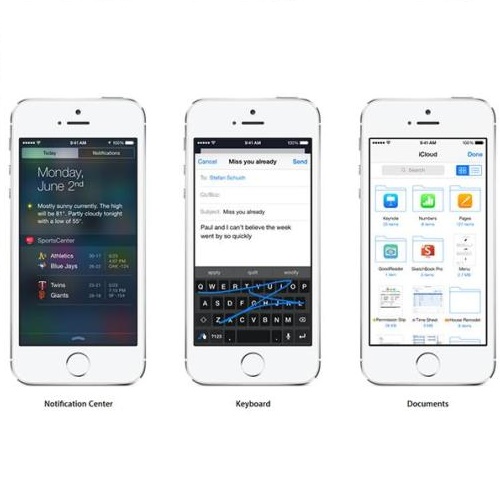Incremental or continual learning has been extensively studied for image classification tasks to alleviate catastrophic forgetting, a phenomenon that earlier learned knowledge is forgotten when learning new concepts. For class incremental semantic segmentation, such a phenomenon often becomes much worse due to the background shift, i.e., some concepts learned at previous stages are assigned to the background class at the current training stage, therefore, significantly reducing the performance of these old concepts. To address this issue, we propose a simple yet effective method in this paper, named Mining unseen Classes via Regional Objectness for Segmentation (MicroSeg). Our MicroSeg is based on the assumption that background regions with strong objectness possibly belong to those concepts in the historical or future stages. Therefore, to avoid forgetting old knowledge at the current training stage, our MicroSeg first splits the given image into hundreds of segment proposals with a proposal generator. Those segment proposals with strong objectness from the background are then clustered and assigned newly-defined labels during the optimization. In this way, the distribution characterizes of old concepts in the feature space could be better perceived, relieving the catastrophic forgetting caused by the background shift accordingly. Extensive experiments on Pascal VOC and ADE20K datasets show competitive results with state-of-the-art, well validating the effectiveness of the proposed MicroSeg.
翻译:为了减轻灾难性的遗忘,对图像分类任务进行了广泛的递增或持续学习研究,以缓解灾难性的遗忘,这是一个早期学到的知识在学习新概念时被遗忘的现象。对于阶级递增语义分割,由于背景变化,这种现象往往变得更为糟糕,即以前阶段学到的一些概念在当前培训阶段被分配到背景类,因此,大大降低了这些旧概念的性能。为了解决这一问题,我们在本文件中提出了一个简单而有效的方法,名为“通过区域目标进行分解(MicroSeg)的采矿无形类”。我们的微微Seg基于这样的假设,即具有强烈目标的背景区域可能属于历史或未来阶段的这些概念。因此,为了避免忘记在目前培训阶段的旧知识,我们的微Seg首先将给定的图像分成成成成成成成成成成成成成成成成成成成成成成个部分项,并大大降低了这些旧概念的性能。为了解决这个问题,我们在本文中提出了一个简单的概念分布特征空间的特征,从而减轻了背景变化造成的灾难性遗忘。因此,在Pasal-K VAAARE 上提出了关于竞争性结果的大规模试验。


